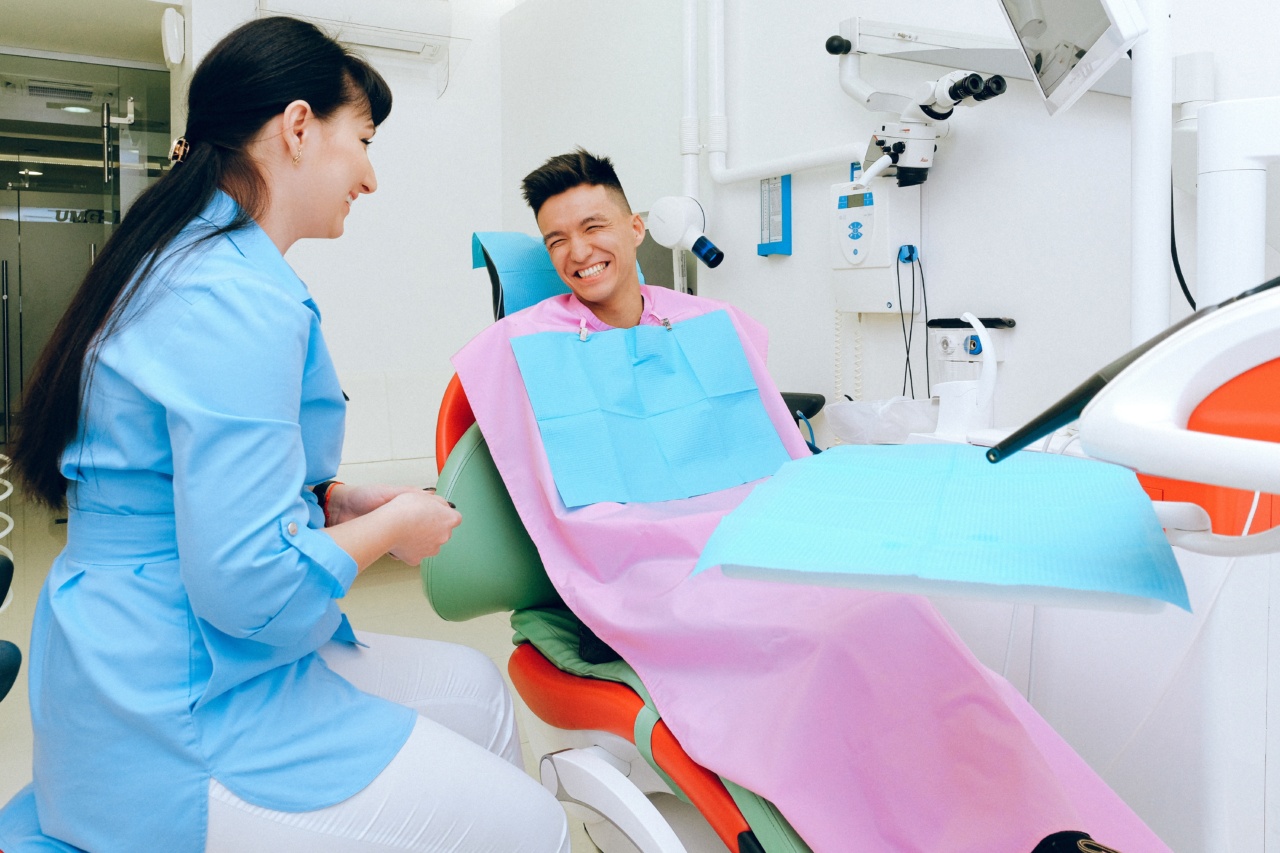Colonoscopy and orthodontic cancer are two medical terms that may seem unrelated at first glance. However, recent research has highlighted a potential link between these two conditions.
This article takes a closer look at the possible gaps that exist in our understanding of this connection.
The Basics of Colonoscopy
Colonoscopy is a medical procedure used to examine the colon and rectum. It involves the insertion of a long, flexible tube equipped with a camera into the rectum in order to visualize the colon’s interior.
The purpose of a colonoscopy is to detect abnormalities such as polyps, tumors, or signs of inflammation.
Understanding Orthodontic Cancer
Orthodontic cancer, also known as oral cancer, refers to cancer that affects the mouth, lips, or throat. It can manifest as malignant tumors in these areas, posing significant health risks.
Common symptoms of orthodontic cancer include persistent mouth ulcers, difficulty swallowing, and unexplained swelling or lumps in the head and neck region.
The Potential Connection
While the link between colonoscopy and orthodontic cancer may raise eyebrows, recent studies have suggested a possible association.
Some research papers have shown that individuals who have undergone colonoscopy procedures may be at a higher risk of developing orthodontic cancer. However, the underlying mechanisms behind this connection are not yet fully understood.
Shared Risk Factors
One explanation for the potential connection between colonoscopy and orthodontic cancer lies in shared risk factors. Both conditions have similar risk factors such as smoking, excessive alcohol consumption, and poor oral hygiene.
It is possible that these common risk factors contribute to the development of both colon and orthodontic cancers.
Role of Bacteria
Another area of interest is the role of bacteria in the digestive system. The human colon is home to numerous bacteria, some of which are beneficial for our health while others may be harmful.
Studies have shown that an imbalance in the gut microbiome can impact various aspects of our health, including the development of cancer. It is theorized that disruptions caused by colonoscopy procedures could potentially affect the oral microbiome, leading to an increased risk of orthodontic cancer.
Screening Guidelines
Given the potential connection between colonoscopy and orthodontic cancer, it is crucial to evaluate the existing screening guidelines.
Colonoscopy is currently recommended to screen for colorectal cancer starting at the age of 50 for average-risk individuals. However, these guidelines do not include any specific recommendations regarding orthodontic cancer screening.
Further research is needed to assess whether orthodontic cancer screenings should be integrated into routine examinations following a colonoscopy.
Enhancing Awareness
One of the key takeaways from the potential connection between colonoscopy and orthodontic cancer is the importance of enhancing awareness among both medical professionals and patients.
By educating individuals about the potential risks and symptoms associated with orthodontic cancer, early detection and treatment may be possible. This, in turn, could significantly improve patient outcomes and survival rates.
Future Research Directions
While the existing literature provides intriguing insights into the possible gaps between colonoscopy and orthodontic cancer, more research is needed to solidify these findings.
Future studies should focus on investigating the potential mechanisms involved in this connection, exploring the impact of gut and oral microbiome interactions, and examining the long-term effects of colonoscopy procedures on orthodontic health.
Conclusion
Colonoscopy and orthodontic cancer may share an unexpected relationship that warrants further investigation. The potential connection between these two conditions highlights the importance of interdisciplinary collaboration and continued research.
By addressing the gaps in our understanding, we can work towards improving patient care and developing comprehensive screening guidelines.































